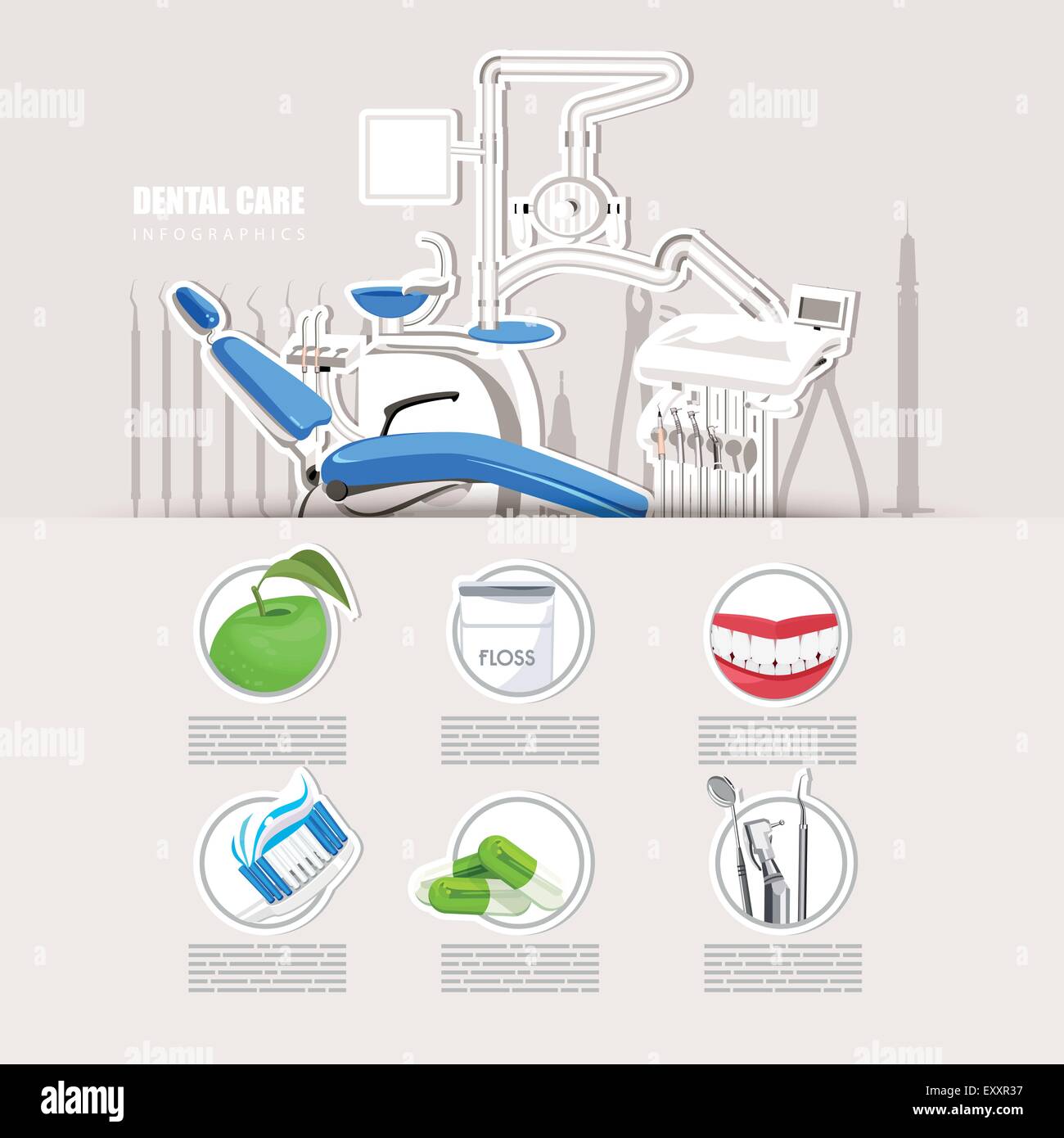Reveal The Transformative Innovations That Are Improving Oral Surgery. Look Into The Future Of This Technique And Keep A Competitive Edge. Click Currently To Gain Insight Right Into What Lies In Advance
Reveal The Transformative Innovations That Are Improving Oral Surgery. Look Into The Future Of This Technique And Keep A Competitive Edge. Click Currently To Gain Insight Right Into What Lies In Advance
Blog Article
Material Writer-Hermansen Maloney
Welcome to the globe of dental surgery, where advancements and developments are forming the future of the field! In this amazing realm, you'll witness the transformative power of robotics, the sophisticated wonder of 3D printing, and the game-changing impact of minimally intrusive strategies.
The future of oral surgery holds an assurance of precision, efficiency, and improved person outcomes. With the help of innovative robotics, surgeons are able to do intricate procedures with better accuracy and control.
3D printing innovation is changing the development of oral implants and prosthetics, using tailored services that fit perfectly into each patient's unique makeup.
Additionally, minimally intrusive techniques are decreasing post-operative pain and recuperation time, enabling individuals to go back to their daily lives faster.
Get ready to check out the interesting advancements and developments that are improving the landscape of oral surgery!
Improvements in Robotics
One major innovation in dental surgery is using robotic modern technology, which allows for precise and efficient surgical procedures. With the help of robot systems, dental doctors have the capability to carry out complex surgical treatments with enhanced accuracy, reducing the risk of human error.
These robotic systems are furnished with advanced imaging technology and specific instruments that enable cosmetic surgeons to browse with complex physiological frameworks effortlessly. By making dental cleaning austin of robot modern technology, surgeons can achieve higher surgical precision, causing boosted individual outcomes and faster recovery times.
Furthermore, the use of robotics in oral surgery allows for minimally intrusive treatments, decreasing the injury to bordering cells and promoting faster recovery.
3D Printing in Oral Surgery
To enhance the area of oral surgery, you can discover the subtopic of 3D printing in dental surgery. This ingenious technology has the prospective to revolutionize the way dental surgeons run and deal with people. Below are 4 crucial ways in which 3D printing is shaping the field:
- ** Customized Surgical Guides **: 3D printing permits the creation of very exact and patient-specific medical guides, boosting the precision and effectiveness of procedures.
- ** Implant Prosthetics **: With 3D printing, dental cosmetic surgeons can produce personalized dental implant prosthetics that perfectly fit an individual's distinct composition, leading to better outcomes and individual contentment.
- ** Bone Grafting **: 3D printing enables the production of patient-specific bone grafts, decreasing the requirement for traditional grafting methods and enhancing healing and healing time.
- ** Education and learning and Training **: 3D printing can be used to produce sensible medical models for academic functions, enabling oral surgeons to practice complicated procedures prior to performing them on clients.
With its prospective to boost precision, customization, and training, 3D printing is an interesting advancement in the field of oral surgery.
Minimally Invasive Techniques
To additionally progress the field of dental surgery, accept the potential of minimally intrusive strategies that can greatly profit both specialists and patients alike.
Minimally intrusive strategies are transforming the field by reducing medical trauma, lessening post-operative discomfort, and increasing the healing process. These methods entail using smaller sized incisions and specialized instruments to carry out treatments with accuracy and efficiency.
By making use of advanced imaging technology, such as cone beam of light computed tomography (CBCT), cosmetic surgeons can accurately plan and implement surgical procedures with very little invasiveness.
In addition, using lasers in oral surgery enables precise cells cutting and coagulation, resulting in minimized bleeding and lowered recovery time.
With minimally official source , clients can experience quicker healing, minimized scarring, and improved results, making it an essential element of the future of dental surgery.
Conclusion
So, as you can see, the future of oral surgery is exceptionally promising, with interesting innovations and advancements shaping the field.
From the advancements in robotics to making use of 3D printing and minimally invasive methods, dental specialists are revolutionizing the way they supply treatment.
While some may worry about the potential price associated with these developments, it is necessary to bear in mind that these innovations ultimately improve patient results and reduce recuperation time, making them well worth the investment over time.
